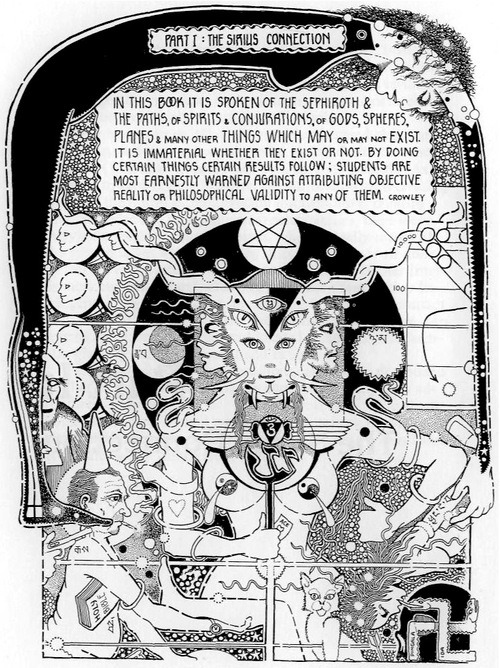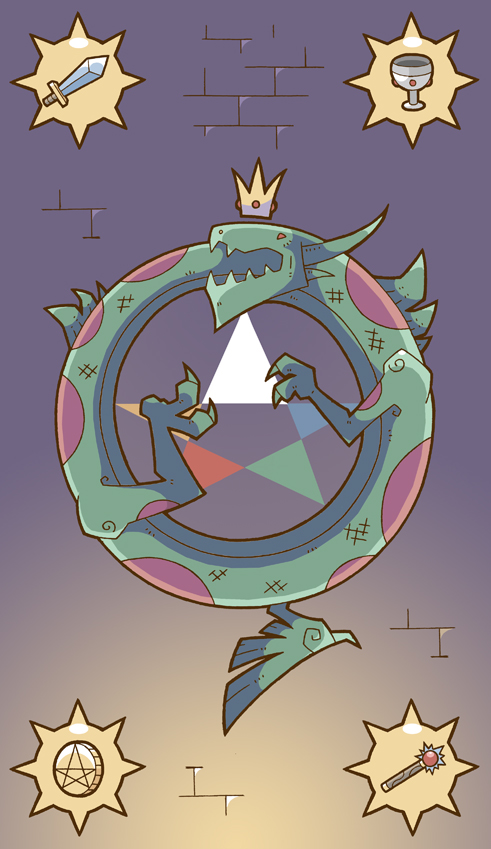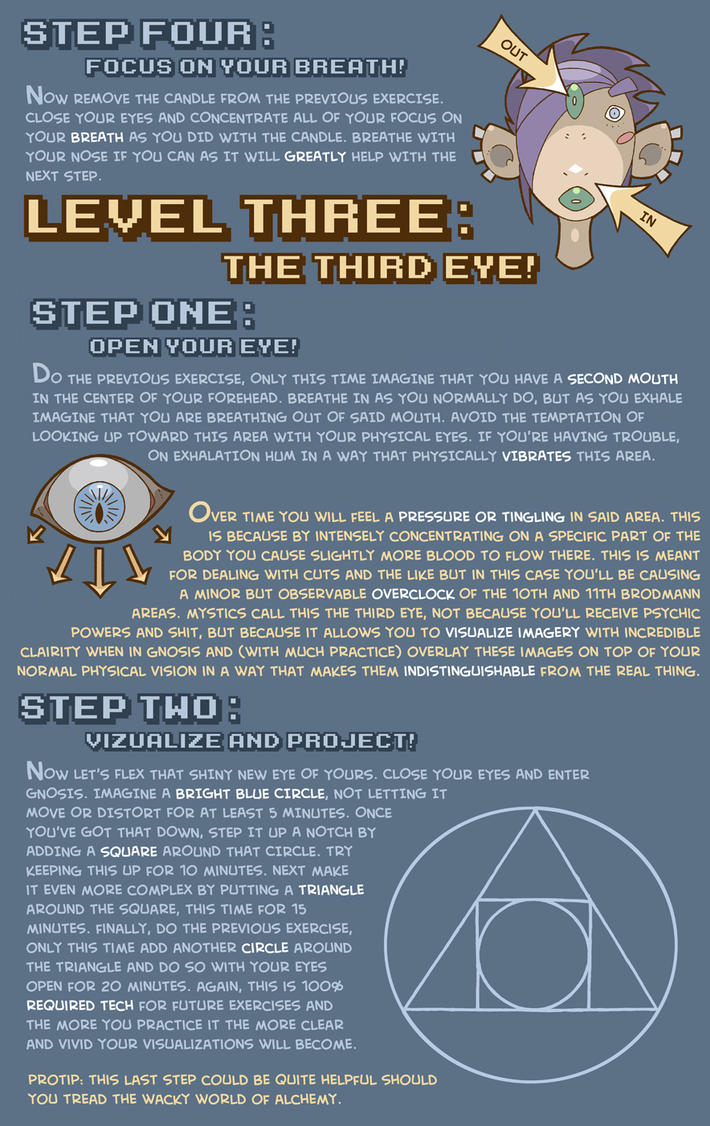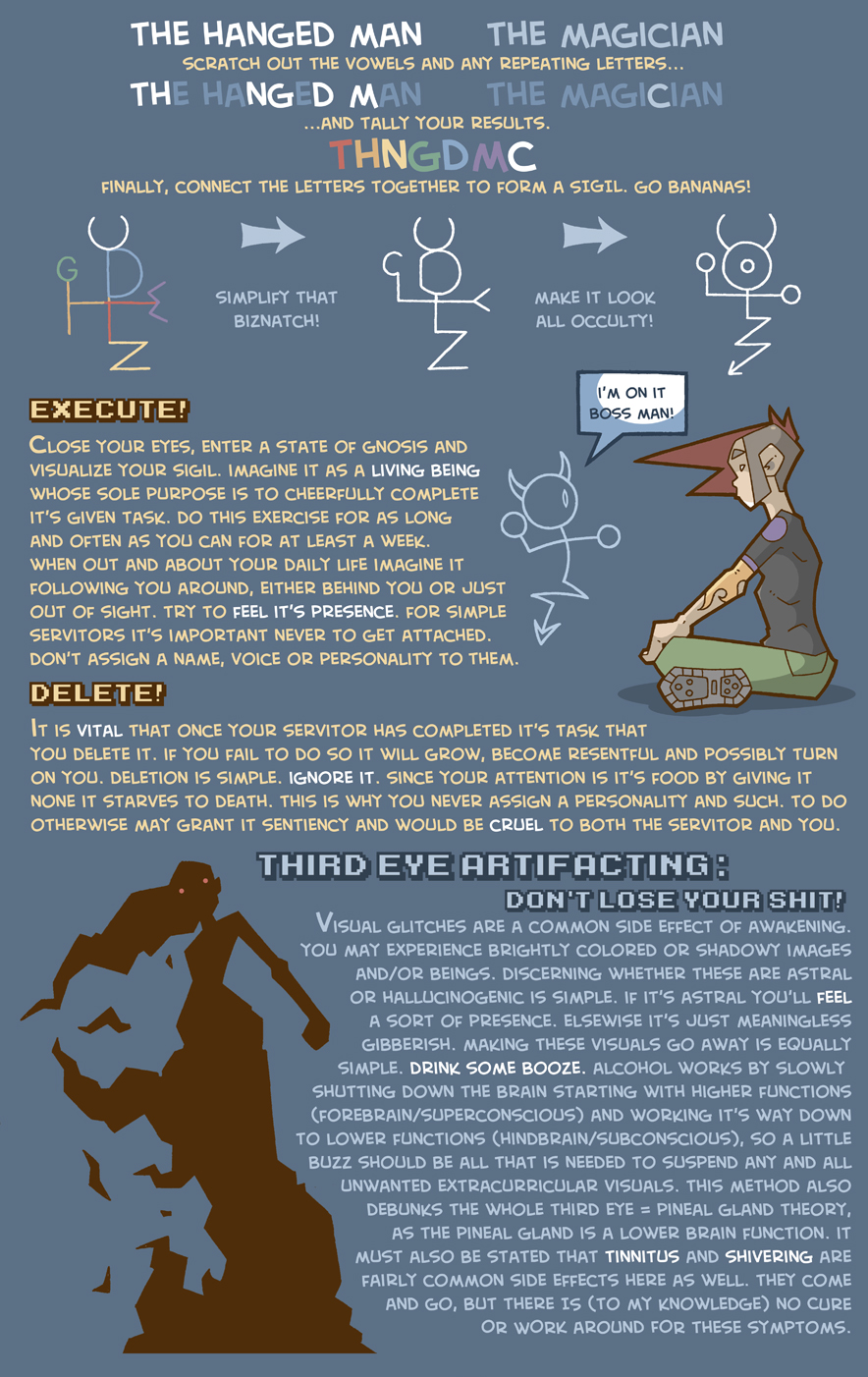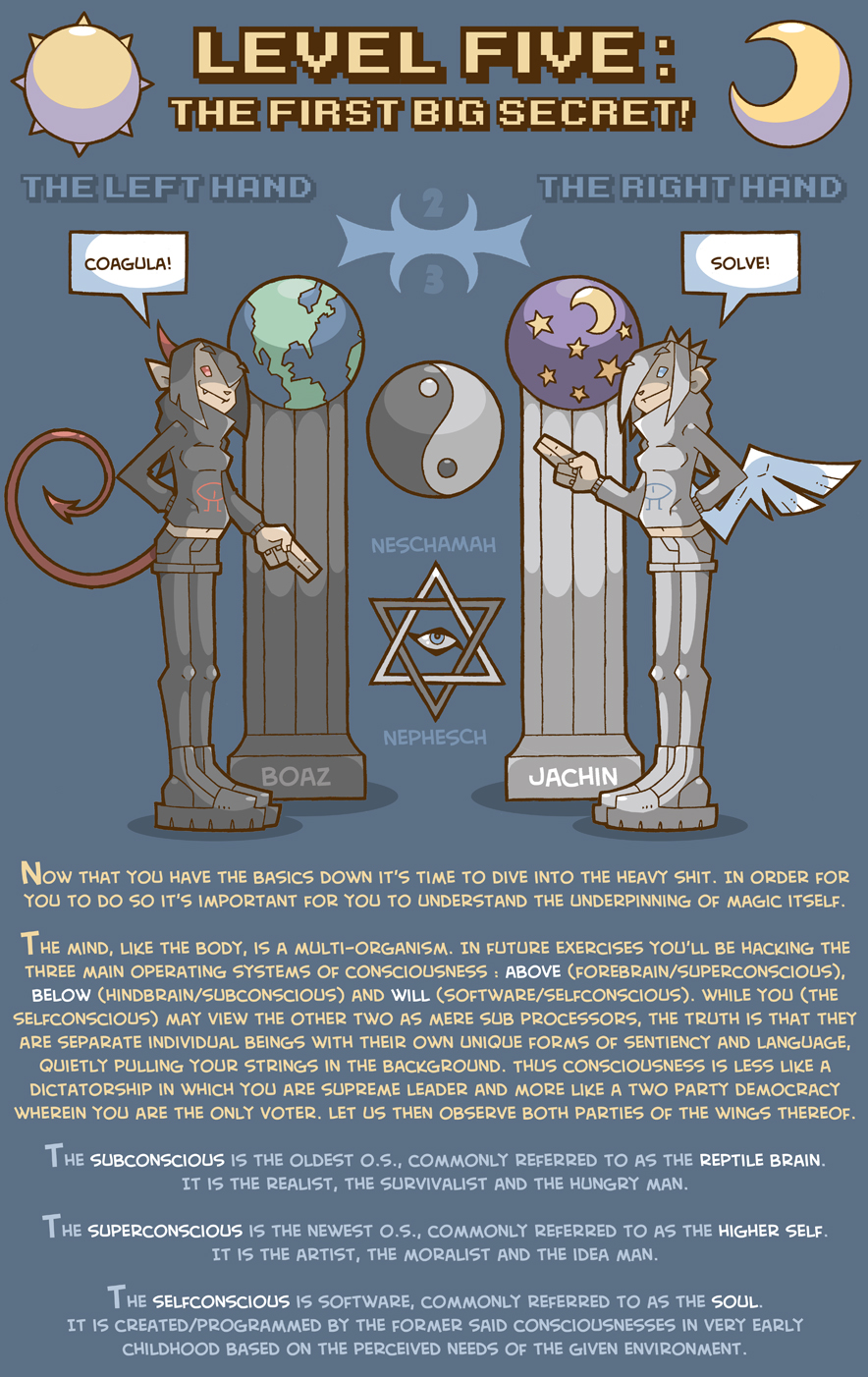





England, 15th-16th century
AD
The British Museum has objects
associated with the Elizabethan mathematician, astrologer and
magician John Dee (1527-1608/9).
Dee's manuscripts passed to the antiquary
Sir Robert Cotton (1571-1631), and then to the British Museum in 1753. The
two smaller wax discs survive of the
original four recorded in the Cotton manuscripts as having supported the legs of Dee's
'table of practice'.
The larger one, the
'Seal of God' (Sigillum
Dei) in
Dee's manuscripts. It was used to support a 'shew-stones', the polished
translucent or reflective objects which he used as tools for his
occult research. All three wax discs are engraved with magical
names, symbols and
signs.
Annotations in Cotton manuscript indicate that one of
Dee's stones was spherical, the
'Chrystallum'
in which Edward Kelly, Dee's medium, saw his
'visions'. but cannot be
proven or identified in the manuscript
catalogues of Sir Hans Sloane's
collection.
The gold disc
is engraved with the Vision of Four Castles, experienced during one
of Dee's 'experiments' at Krakow in
1584.
The mirror, made of highly-polished obsidian (volcanic glass), was a Mexica cult objects treasure brought to Europe after the
conquest of Mexico by Cortés between 1527
Interested in psychic phenomena
and, from 1583, worked with Edward Kelly as his medium. Kelly would see
visions in the 'shew-stones' of 'angels' that communicated by pointing
to one square after another in tables of letters and unknown symbols,
which Dee and Kelly transcribed
Mirrors were
associated with Tezcatlipoca, the Mexica god of rulers, warriors and
sorcerers, whose name can be translated as 'Smoking Mirror'. Mexica
priests used mirrrors for divination and conjuring up visions.
English antiquary Sir
Horace Walpole, acquired 1771. wrote :'The
Black Stone into which Dr Dee used to call his spirits ...'. 'Kelly was Dr Dee's Associate and is mentioned with this
very stone in Hudibras [a satirical poem by Samuel Butler, first
published in 1664] Kelly did all his feats upon
The Devil's Looking-glass, a Stone.'
The Mexica people made mirrors with cut
iron pyrites and obsidian (a volcanic glass). They were sometimes
used in divination and healing practices.
If a child
was suffering from 'soul loss' the healer would look at the
reflection of the child's image in a mirror or a container with
water. If the image were clear the child would soon recover; if it
were shadowy, the soul had been lost. people´ believe that 'soul loss' is a cause of
illness.
Mirrors were also associated with Tezcatlipoca, the Mexica
god of rulers, warriors and sorcerers. His name can be translated
as 'Smoking Mirror'. In many depictions during the Postclassic
period (AD 900/1000-1521) his foot is replaced by a mirror.
http://www.britishmuseum.org/explore/highlights/highlight_objects/pe_mla/d/dr_dees_mirror.aspx
http://www.britishmuseum.org/explore/highlights/highlight_objects/pe_mla/d/dr_dees_magic.aspx
http://www.britishmuseum.org/explore/highlights/highlight_objects/aoa/o/obsidian_mirror.aspx












